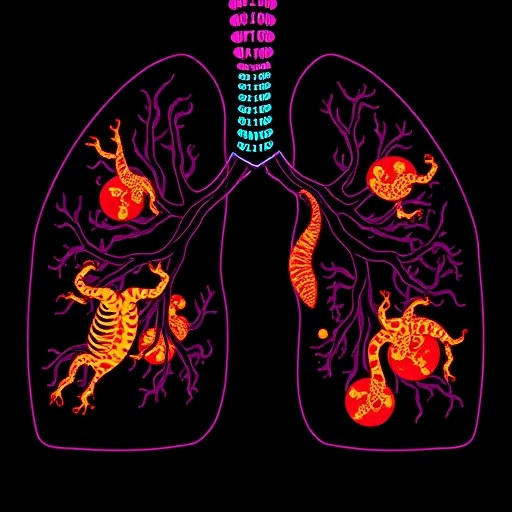AURORA, Colo. (Oct. 26, 2018) – The neurologic effects and treatment options for exposure to biologic and chemical agents are outlined in a newly published article by neurologists from the University of Colorado School of Medicine who collaborated on the article with military physicians.
"We wrote this article to help neurohospitalists and other health care providers identify unusual neurologic illnesses that could result from potential biological or chemical attacks," said senior author Daniel M. Pastula, MD, MHS. "While we hope such attacks never happen, our goal is to provide a resource for health care providers so that we can all be prepared in an emergency."
Pastula is an assistant professor in the CU School of Medicine's Department of Neurology and in the Department of Medicine's Division of Infectious Diseases, and an assistant professor of epidemiology at the Colorado School of Public Health.
The article, "Neuroterrorism Preparedness for the Neurohospitalist," published October 21 in the journal The Neurohospitalist, provides an overview of biological and chemical agents that might be used in potential terror attacks. Such agents can affect the nervous system and lead to paralysis, respiratory failure, and/or encephalopathy.
In the article, the authors describe how to recognize, diagnose, treat, and report exposures to anthrax, botulism, brucella, plague, smallpox, organophosphates, nerve agents, cyanide, or carfentanil.
"Our goal is to better prepare health care providers to clinically recognize and help manage potential effects of such agents. Additionally, we stress the importance of collaborating with state and local health departments when use of such agents is suspected." Pastula said.
###
In addition to Pastula, CU faculty who contributed to the article are Daniel Vela-Duarte, MD, assistant professor of neurology, and Karen D. Orjuela, MD, assistant professor of neurology. Collaborating co-authors were Maj. Samuel A. Ralston, DO, and Maj. Brian P. Murray, DO.
About the University of Colorado School of Medicine
Faculty at the University of Colorado School of Medicine work to advance science and improve care. These faculty members include physicians, educators and scientists at UCHealth University of Colorado Hospital, Children's Hospital Colorado, Denver Health, National Jewish Health, and the Veterans Affairs Eastern Colorado Health Care System. The school is located on the Anschutz Medical Campus, one of four campuses in the University of Colorado system.
Media Contact
Mark Couch
[email protected]
303-724-5377
@CUAnschutz
http://www.ucdenver.edu
http://dx.doi.org/10.1177/1941874418806668




